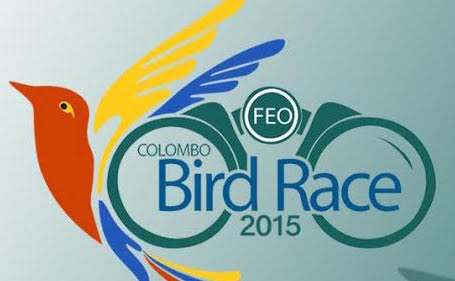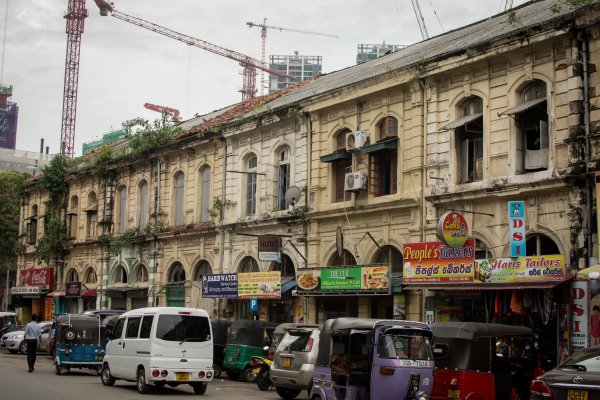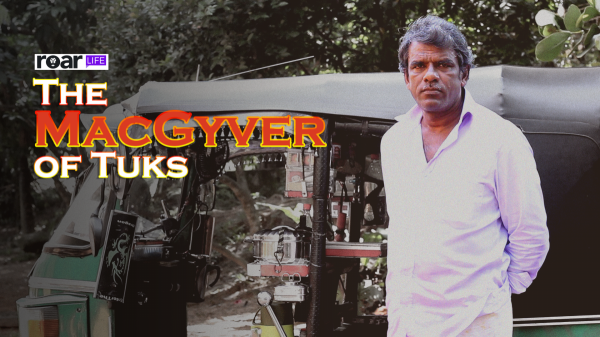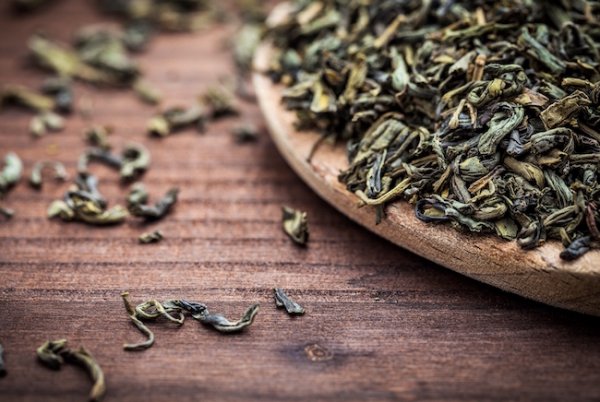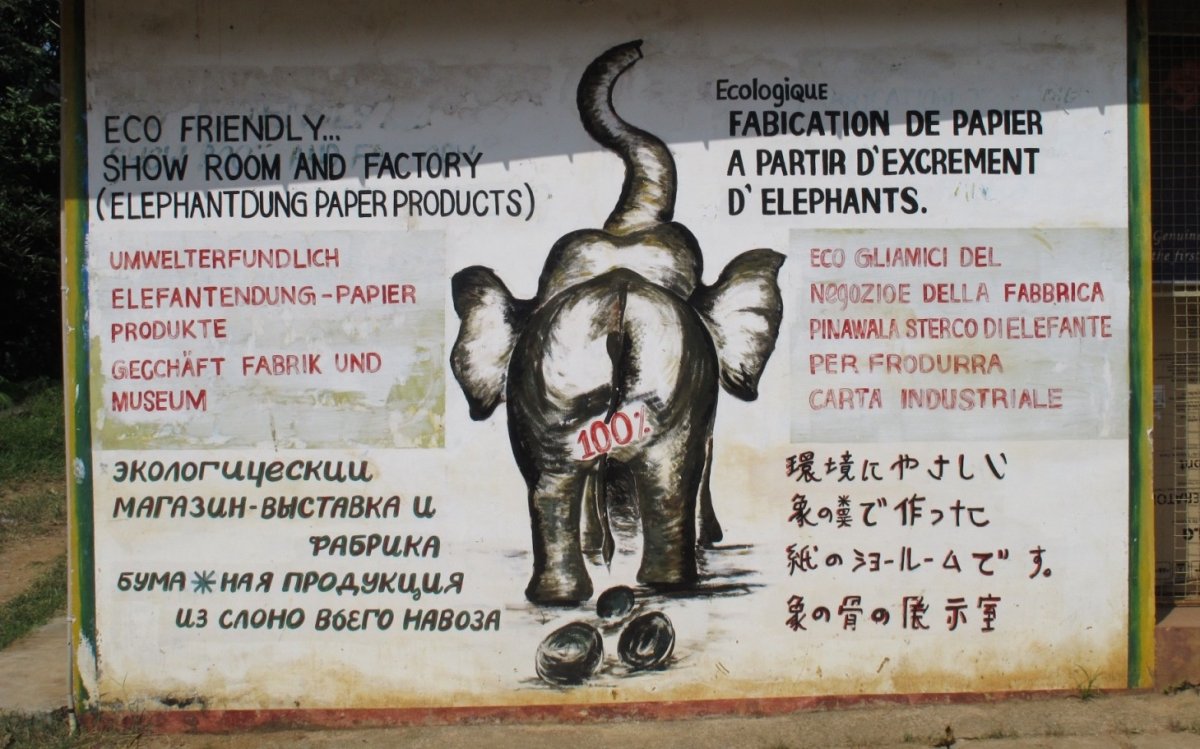
Whilst over 4 billion trees are being chopped down globally to be transformed in to everyday paper, a couple of environmental enthusiasts and local communities right here from Sri Lanka have provided the ultimate eco-friendly solution. The alternate paper is supplied by the most unexpected creature of nature strolling freely through the dense greenery of the country: The Sri Lankan elephant.
Weighing approximately 2.25 tons to 5.5 based on size, the Sri Lankan elephant, is a pleasurable sight to everyone’s eyes, and creates compassion and love in one’s heart when observing it in its natural habitat. Not only are they an icon of Sri Lankan tourism, but these magnificent giants now also have provided livelihoods to communities in its inhabitant areas. Consuming up to 200 kilograms of fibre that come in the forms of grasses, leaves, bark, fruit and many other vegetation, this herbivore lends it supply of dung up to 16 times per day which is ultimately transformed in to paper and other productions.
The prospects that lie with the elephant dung paper industry are unfathomable; the average revenues from the industry have increased up to 19 million per annum over the last few years. Approximately 2 tons of elephant dung are being processed on a daily basis. 10 kilograms of dung could be transformed in to over 600 sheets of A4 sized paper, which sells at a price of approximately LKR 10 each. 90% of this paper production is export oriented, and is highly valued in the global market.
The key factor that has increased the demand for the paper is its chemical free production, which has paved a way to achieve the highest levels of environmental friendliness and sustainability. Each sheet of paper takes up to 4 days to be fully produced as they are patiently put through individual processes of dung collection by sterilisation through boiling, drying, pulping, filtering, pressing, flattening and sun drying. The texture of the paper may vary depending of the levels of fibre contained in each batch of dung as well as the extent to which such fibres are digested by the animal prior to being used as raw material. Natural colours are added by the manufacturers to enhance the likability of the paper.
A Sri Lankan company, Maximus (Pvt) Ltd. in year 1997 bagged their accolade by producing the first ever commercial paper from elephant dung to be supplied to the world market. Since then, many other small operators have entered the market of elephant dung paper. Being located in close proximity to Pinnawala Elephant Orphanage in the district of Kegalle, Maximus is recognised as the pioneer in the industry, providing employment to over 100 people in the local community. The total cottage industry provides employment to over 500 people in the local arena.
In order to further fulfill their societal responsibility towards the environment, the few producers of elephant dung paper in Sri Lanka ensure that the contributing creatures are taken care of as a way of showing their gratitude. Elephants in the care of Millennium Elephant Foundation, a home to the elderly and the disabled elephants, get their fair share for contributing to this industry by means of funds for medical treatment and daily maintenance.
We as a nation should be proud for introducing yet another excellent ecofriendly product to the global market place, grabbing the attention of our neighboring nations, India and Thailand, who are now following our path in generating sustainable productions.
It is indeed astonishing and exemplary how waste such as elephant dung, deemed useless in the minds of everyday human beings, in the hands of a creative mind could make a difference in up lifting the living standards of the local community. This little nation, through the elephant dung paper industry, now has successfully emphasised the importance of eco-friendliness, sustainability and most of all, leaving behind a greener footprint.
You can find more information on the conversion process here.

 Sri Lankan Elephants
Sri Lankan Elephants
